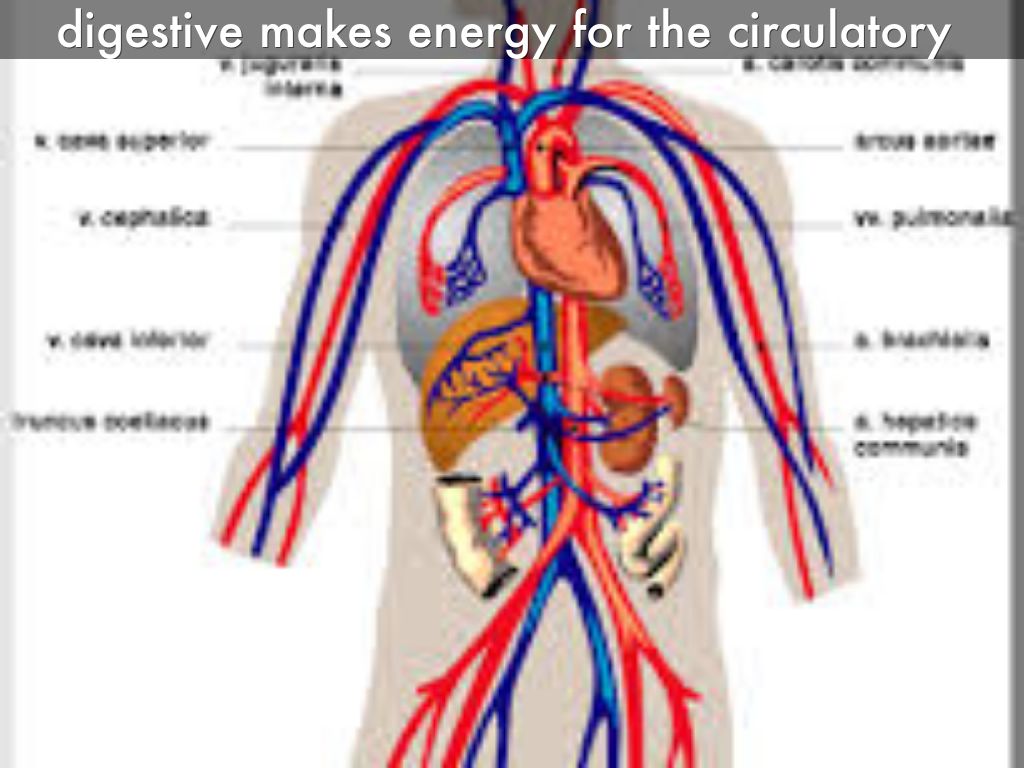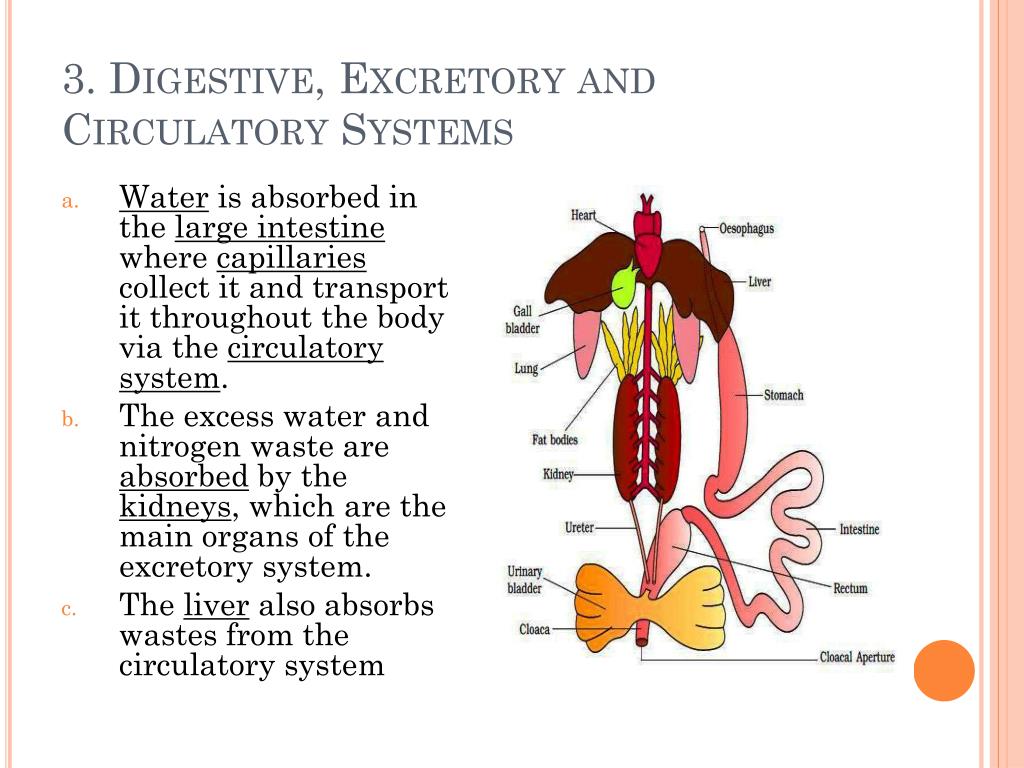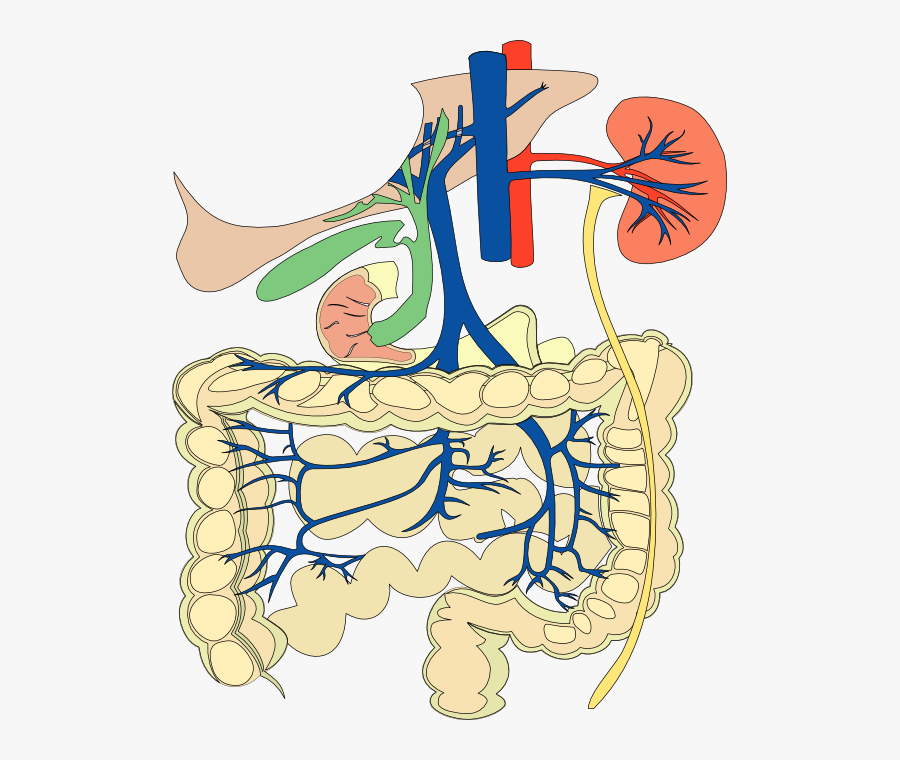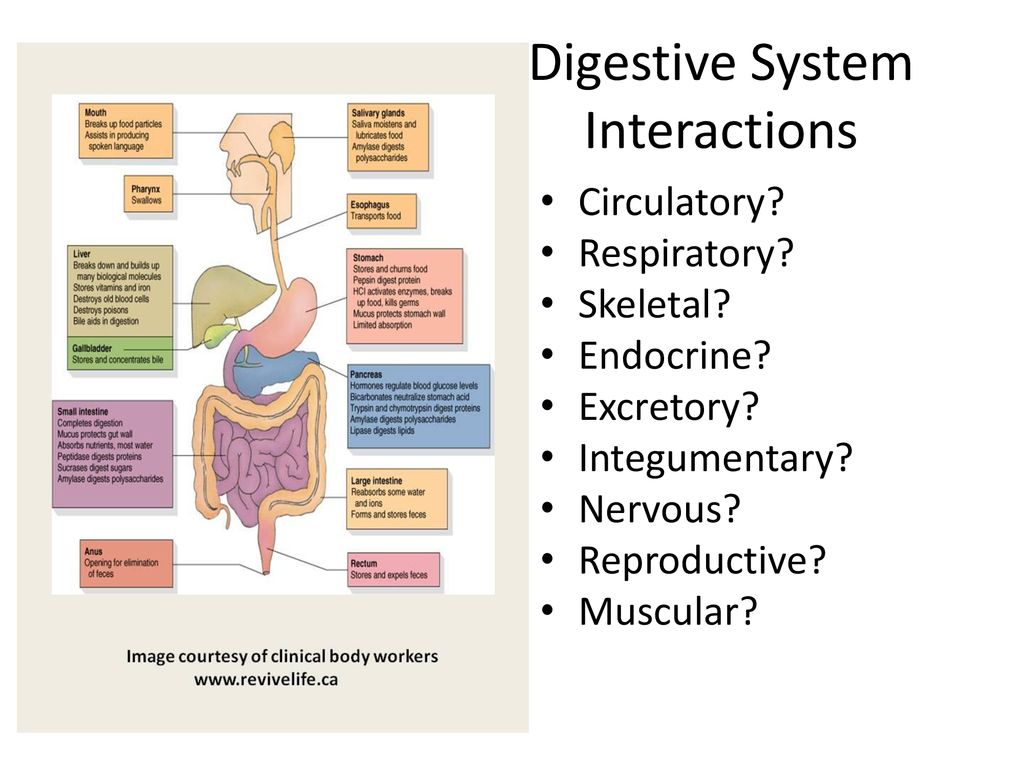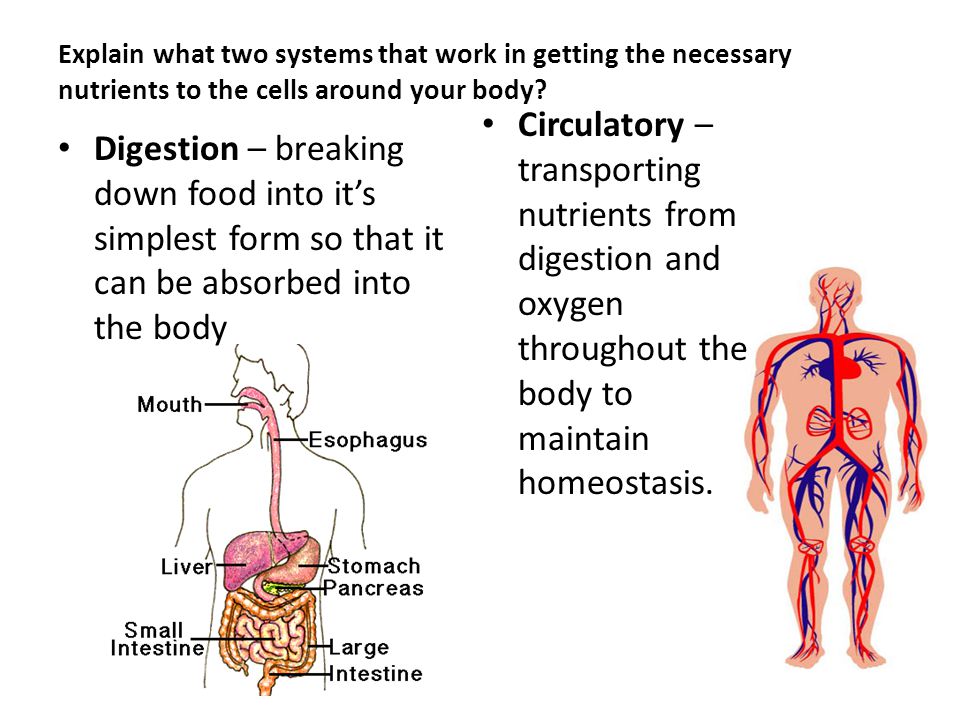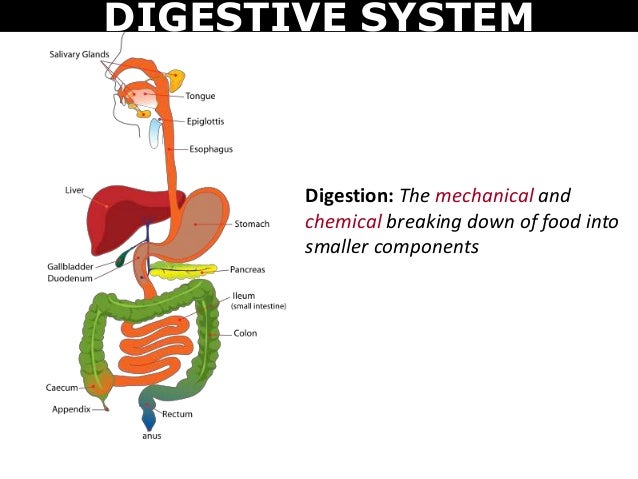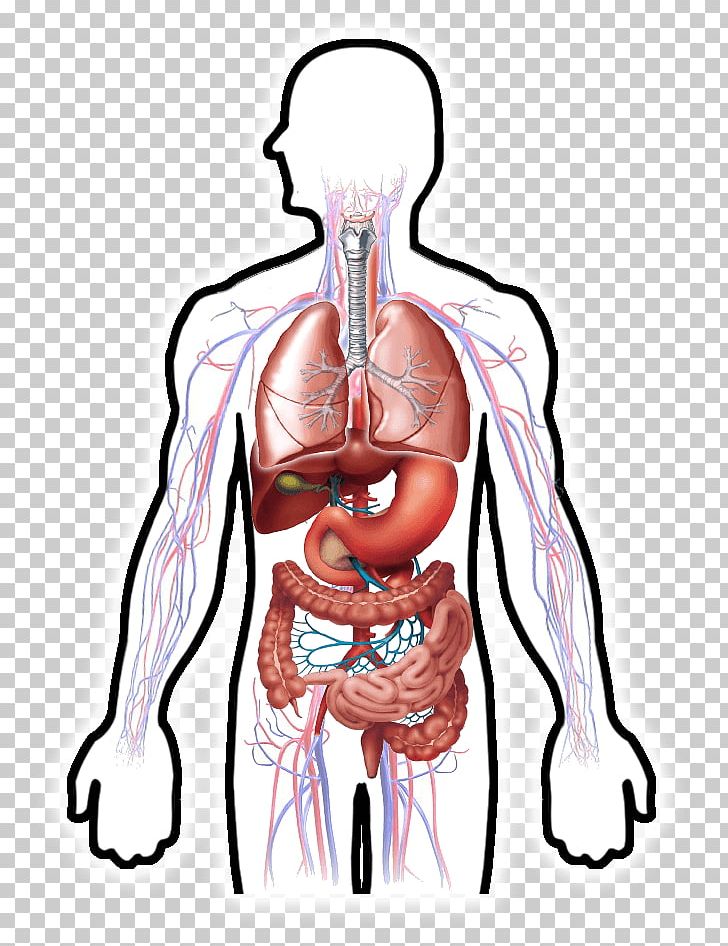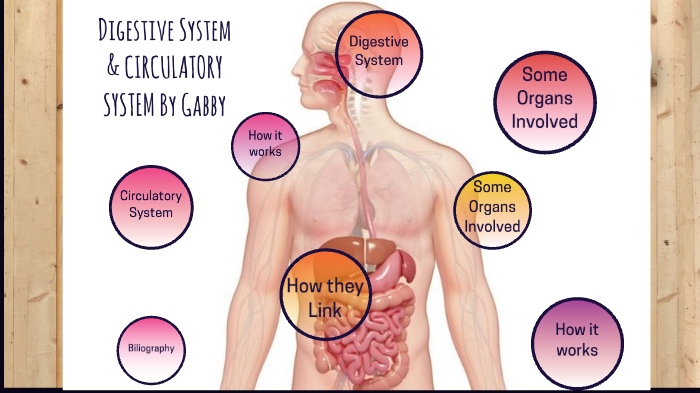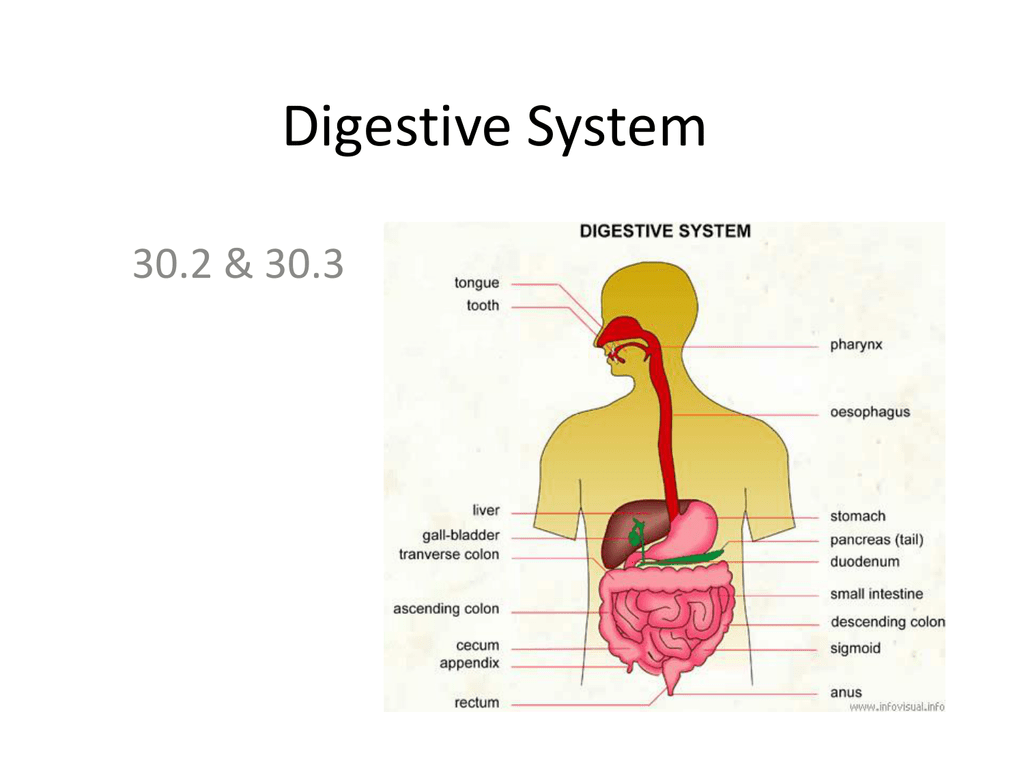How Do The Circulatory And Digestive Systems Interact

URGENT: Life depends on seamless teamwork within our bodies. The circulatory and digestive systems work in tandem to fuel our cells and maintain our existence.
This article dissects the critical interaction between these two vital systems, explaining how nutrients absorbed during digestion are transported throughout the body via the bloodstream, ensuring every cell receives the resources it needs to function.
The Digestive Process: Initial Breakdown
The digestive system’s primary function is to break down food into smaller, absorbable molecules. This process starts in the mouth, where enzymes in saliva begin breaking down carbohydrates.
The stomach continues this breakdown, using gastric acids and enzymes to digest proteins. The resulting chyme then enters the small intestine.
Small Intestine: The Hub of Absorption
The small intestine is where the magic happens. Here, nutrients are absorbed into the bloodstream through structures called villi and microvilli, which dramatically increase the surface area for absorption.
These structures allow glucose, amino acids, fatty acids, vitamins, and minerals to cross into the capillaries lining the small intestine's walls.
Circulatory System: The Nutrient Delivery Network
Once nutrients are absorbed, the circulatory system takes over. The blood, driven by the heart, acts as the transportation network, carrying these essential substances to every cell in the body.
The heart pumps oxygenated blood, rich in nutrients from the digestive system, through arteries to the tissues. Capillaries, tiny blood vessels, facilitate the exchange of nutrients and oxygen for waste products like carbon dioxide.
The Liver's Crucial Role
The liver plays a pivotal role in this interaction. Blood from the small intestine, carrying newly absorbed nutrients, first passes through the liver via the hepatic portal vein.
The liver processes these nutrients, detoxifies harmful substances, and stores glucose as glycogen for later use, helping regulate blood sugar levels.
Pancreas: Enzyme and Hormone Dispatch
The pancreas contributes significantly to both systems. It secretes digestive enzymes into the small intestine to further break down food.
Critically, the pancreas also releases hormones like insulin and glucagon into the bloodstream. These hormones regulate glucose uptake by cells and the release of stored glucose from the liver, maintaining a stable blood sugar level vital for cellular function. According to the National Institutes of Health (NIH), insulin resistance can disrupt this process, leading to conditions like type 2 diabetes.
Waste Removal and the Large Intestine
The large intestine primarily absorbs water and electrolytes from the remaining undigested material. The waste products are then compacted into feces and eliminated from the body.
The circulatory system carries waste products from the cells back to the kidneys and lungs for filtration and excretion. These waste products are then removed from the body through urine, exhaled carbon dioxide, and the digestive system itself.
Oxygen's Vital Contribution
The circulatory system also delivers oxygen, essential for cellular respiration, which is needed to convert nutrients into energy. The lungs provide oxygen to the blood, which is then transported to every cell.
Without adequate oxygen, cells cannot efficiently utilize the nutrients delivered by the digestive system. Therefore, any respiratory condition drastically impacts the cells to function.
Disruptions and Consequences
When either system malfunctions, the consequences can be severe. Malabsorption syndromes, where the small intestine cannot properly absorb nutrients, can lead to malnutrition and various health problems.
Cardiovascular diseases, affecting the heart and blood vessels, can impair nutrient and oxygen delivery, leading to organ damage. Dr. Emily Carter, a gastroenterologist at Mayo Clinic, emphasizes the need for a balanced diet and regular exercise to maintain the health of both systems.
Moving Forward: Research and Prevention
Ongoing research continues to reveal the intricate details of this interaction. Scientists are exploring how gut microbiota influence nutrient absorption and how circulatory system health affects gut function. New treatments and preventive strategies are constantly being developed to address disorders affecting these vital systems.
Public health initiatives focus on promoting healthy dietary habits and lifestyles to minimize the risk of digestive and cardiovascular diseases. Early detection and intervention are key to managing these conditions and maintaining overall health.

